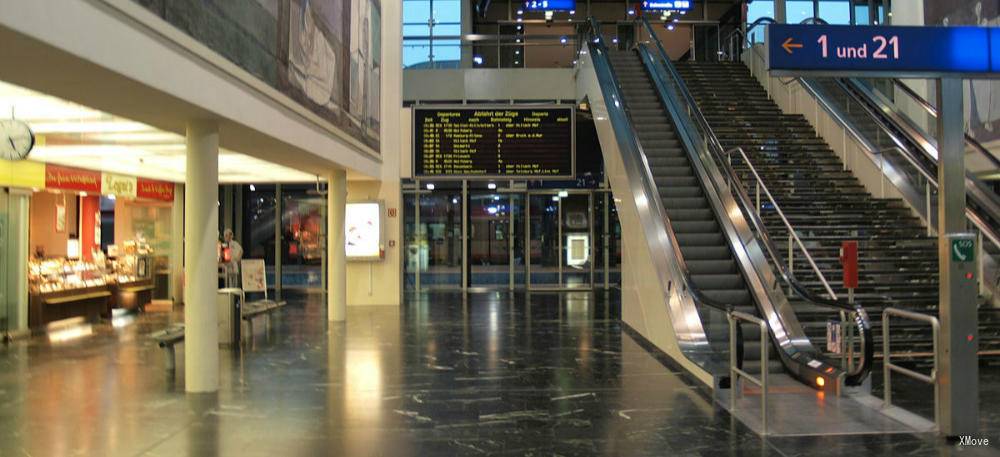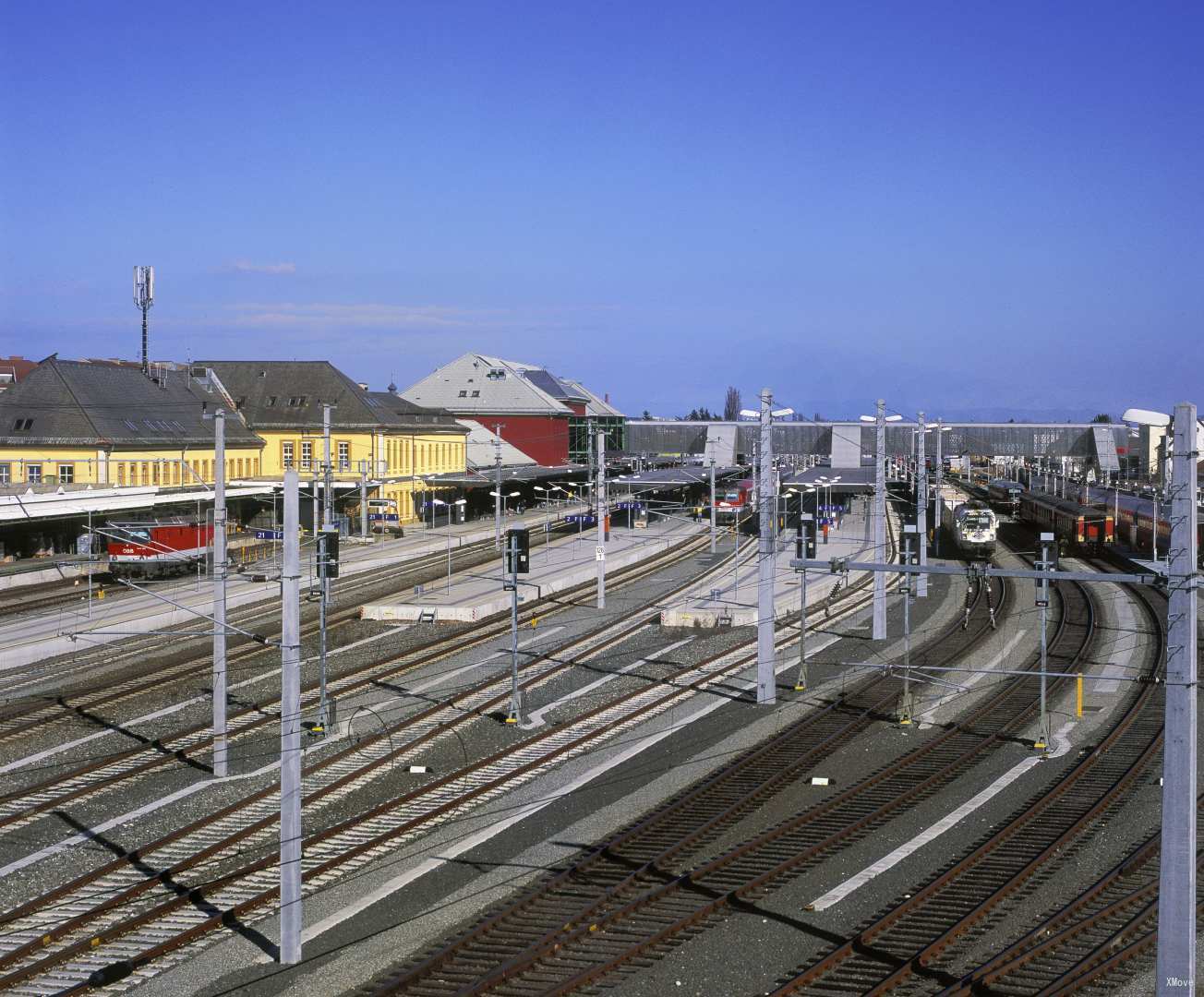
Klagenfurt Hbf
Klagenfurt Hbf
Introduction
The Klagenfurt Main Railway Station is the main railway station in Klagenfurt, the capital of the Austrian state of Carinthia. It is an important railway hub in southern Austria.
The station was opened on June 1, 1863, when Klagenfurt passed the Carlins branch to St. burg in Styria, one of the main train routes in the Austrian Empire. The Southern Railway Company established a link. A year later, the railway line extended to Villach Central Station, quickly replacing Klagenfurt as the main transport hub of Carinthia, connecting the Brenner Railway and Tarvi of Francis Fest The Ponte Bana line. In 1906, Klagenfurt entered the Rosental Railway, which arrived from Sankt Veit an der Glan via the Karavanks Tunnel to Caniola (present-day Slovenia) ) Aslin (Jesenice).
It was not until 1938 that today's railway site in Sankt Ruprecht, south of the city centre, was incorporated into Klagenfurt. During the Second World War, severely damaged by strategic bombing, the station had to be dismantled and fully rebuilt. The reception hall is decorated with large murals created by the local artist Giselbert Hoke (1927-2015) in the style of Pablo Picasso and completed in 1956. The entire building was extensively refurbished from 2001 to 2005.
Platform
There are 6 stations in Klagenfurt Hbf. Stations 1 and 21 (not sure why they are numbered 21) are on the same floor as the street entrance hall. Station 2-5 is connected to the departure hall by a bridge on the railway. The station is equipped with escalators and lifts to and from the platform and main hall. Therefore, there is no need to go through the stairs to and from the station.
It should be noted that the Klagenfurt platform 1-5 is divided into five areas, namely B-E. Most departure points use only certain areas on each platform, and the main departure screen on the entrance hall clearly shows the area where the train will leave.



- Dünya Genişliği 60.000 şehir ve 110.000 istasyon
- Elektronik Bileti G2Rail uygulamasını indirin ve biletinizi telefonunuzda yönetin
- Çoklu Para Birimi Visa, Mastercard, JCB, WeChat, Alipay destekleniyor
- Tam Hizmet Satın alma sonrası iade ve değişim hizmeti, grup rezervasyonu, WeChat, telefon, e-posta ile insan müşteri hizmeti ile bağlantı
- Profesyonel API Entegrasyonu İş müşterileri için API hizmeti, global topoğrafik veri entegrasyonu





